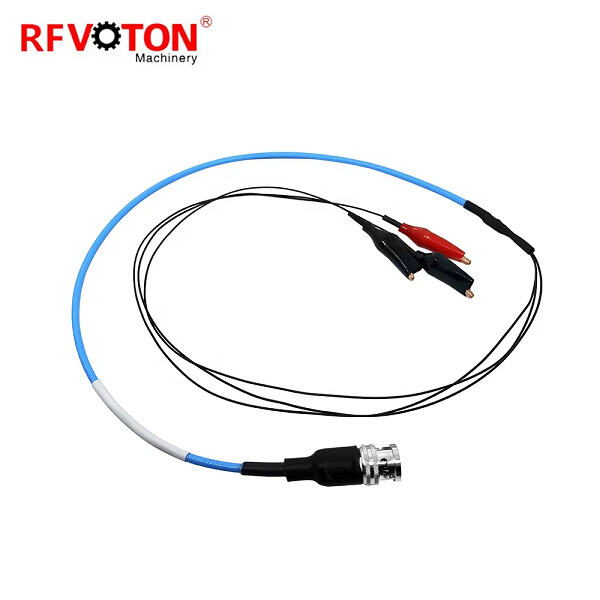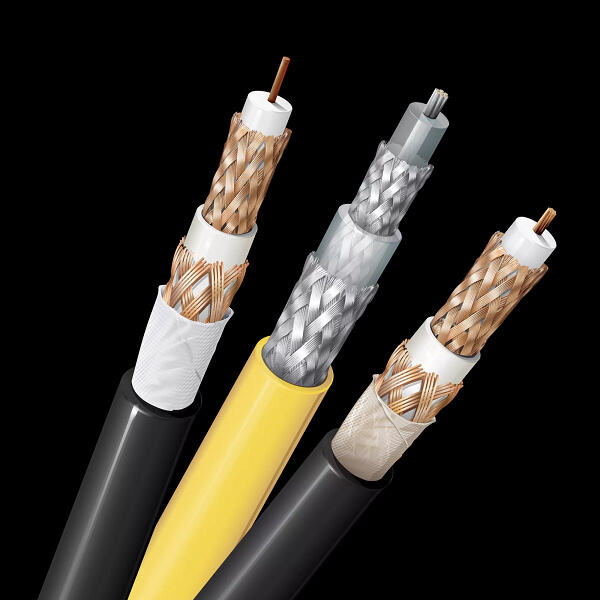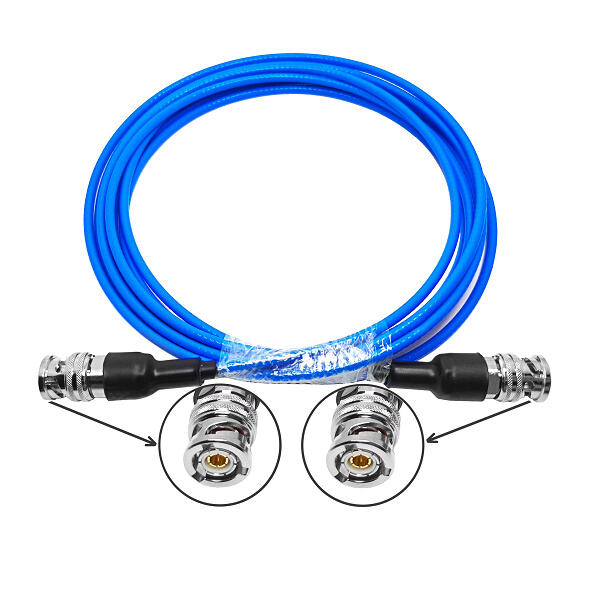A triaxial cable is a type of wire that transmits signals from point to point. It’s got three layers that assist it in keeping your signal strong and clear. Understanding how a triaxial cable is built can teach us a lot about why it works so well.
11T The central conductor of a triaxial cable is called the inner conductor. This part is transporting the signal, so to speak, like a highway upon which the signal travels. This second layer is the dielectric. This barrier protects the signal and assists it in getting to where it wants to go. The third layer is designated the outer conductor. This shield layer isolates the signal from other signals. These three layers combined work to make the triaxial cable function properly.
There are several advantages in using a triaxial cable. One advantage is that it preserves a strong signal. This is what allows the signal to travel so far and still maintain its strength. And it has the added bonus of the signal staying nice and clear. This means that the signal is less likely to become muddied by other messages. In all, a triaxial cable helps ensure the signal travels safely, and quickly, to where it should be.

Triaxial cable is similar to all other coaxial cable, but with some important differences. One distinction is that triaxial cabling has an additional layer of shielding. That makes it better at keeping the signal secure. Another distinction is that it can help to keep your signal clear, so it’s less likely to get lost within other signals. These characteristics make triaxial cable an excellent option for sending signals into difficult areas.

Triaxial cable is very dependant on shielding. The shield protects the signal from crosstalk from other signals. It is as though a shield were keeping the signal safe. Signal weakens or is lost without shielding. This is why shielding is so critical — it aids in ensuring that the signal gets from point A to point B (or wherever it needs to go) without issue.

Triaxial cable is used across multiple industries. One is aerospace, and companies use it to transmit signals in airplanes and spacecraft. This makes for solid and clear signals, even when you find yourself in those tricky spots. One other industry is medical imaging, in which companies employ triaxial cable to transmit signals within machines like MRI scanners. This helps doctors to obtain clear pictures of what is going on inside the body.